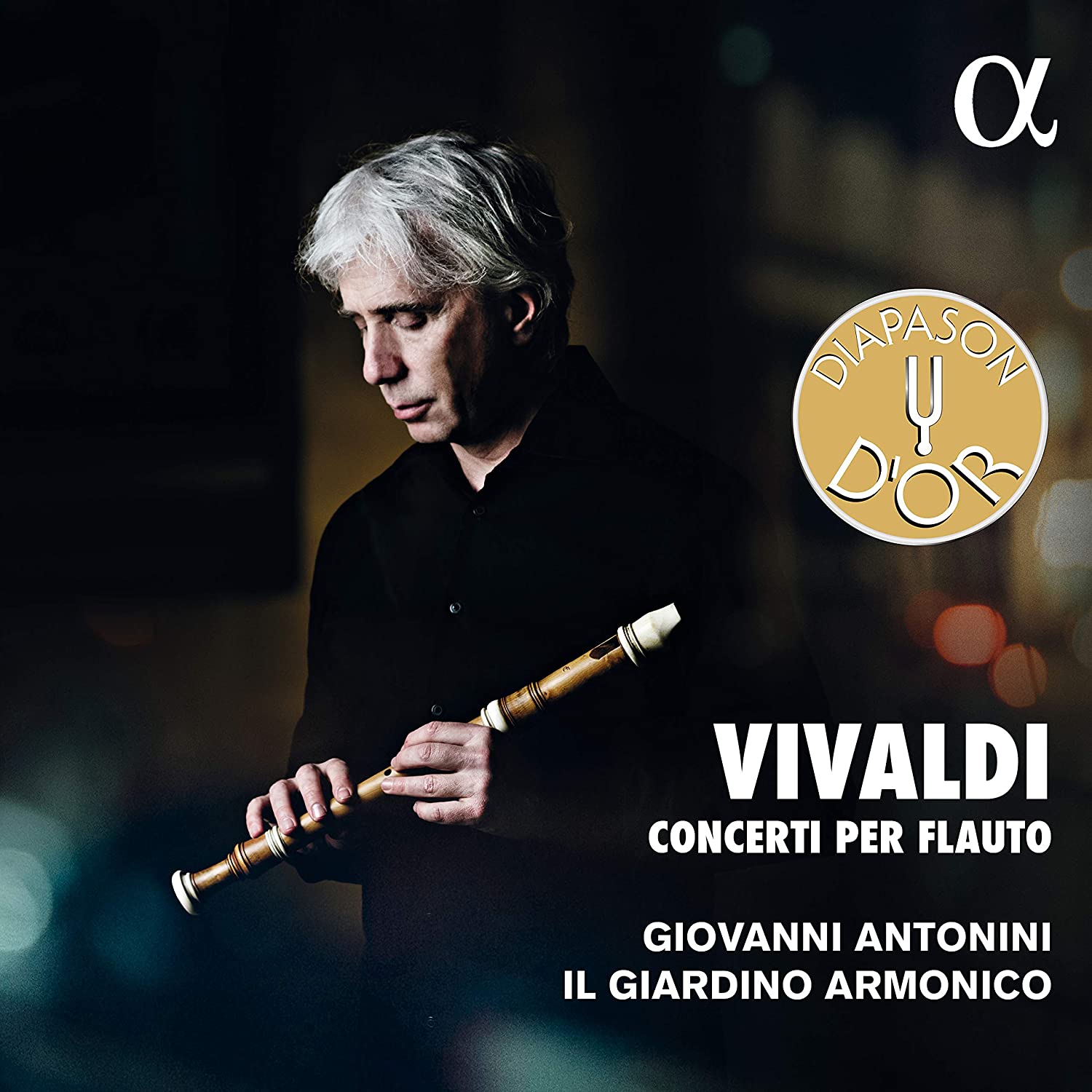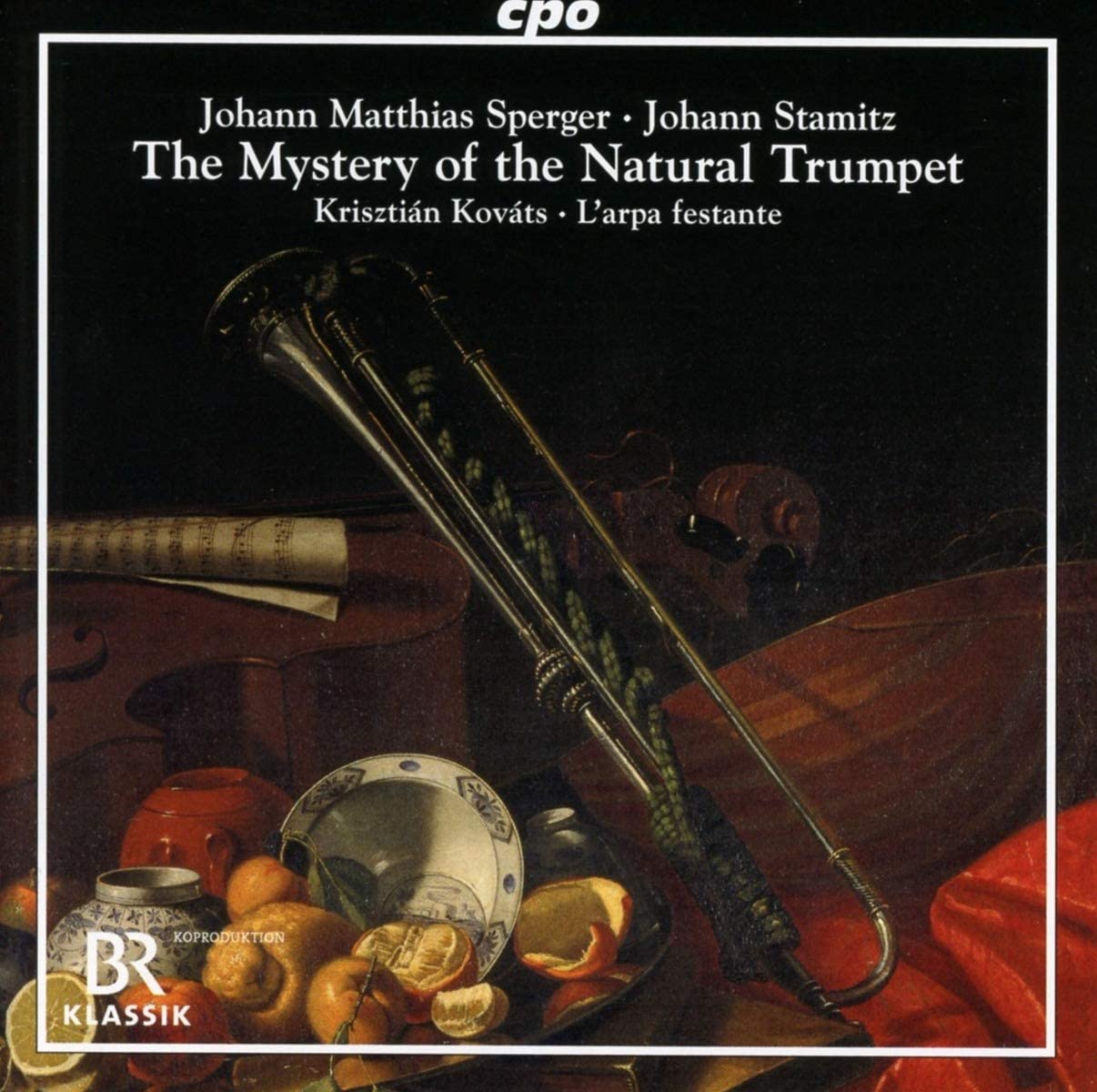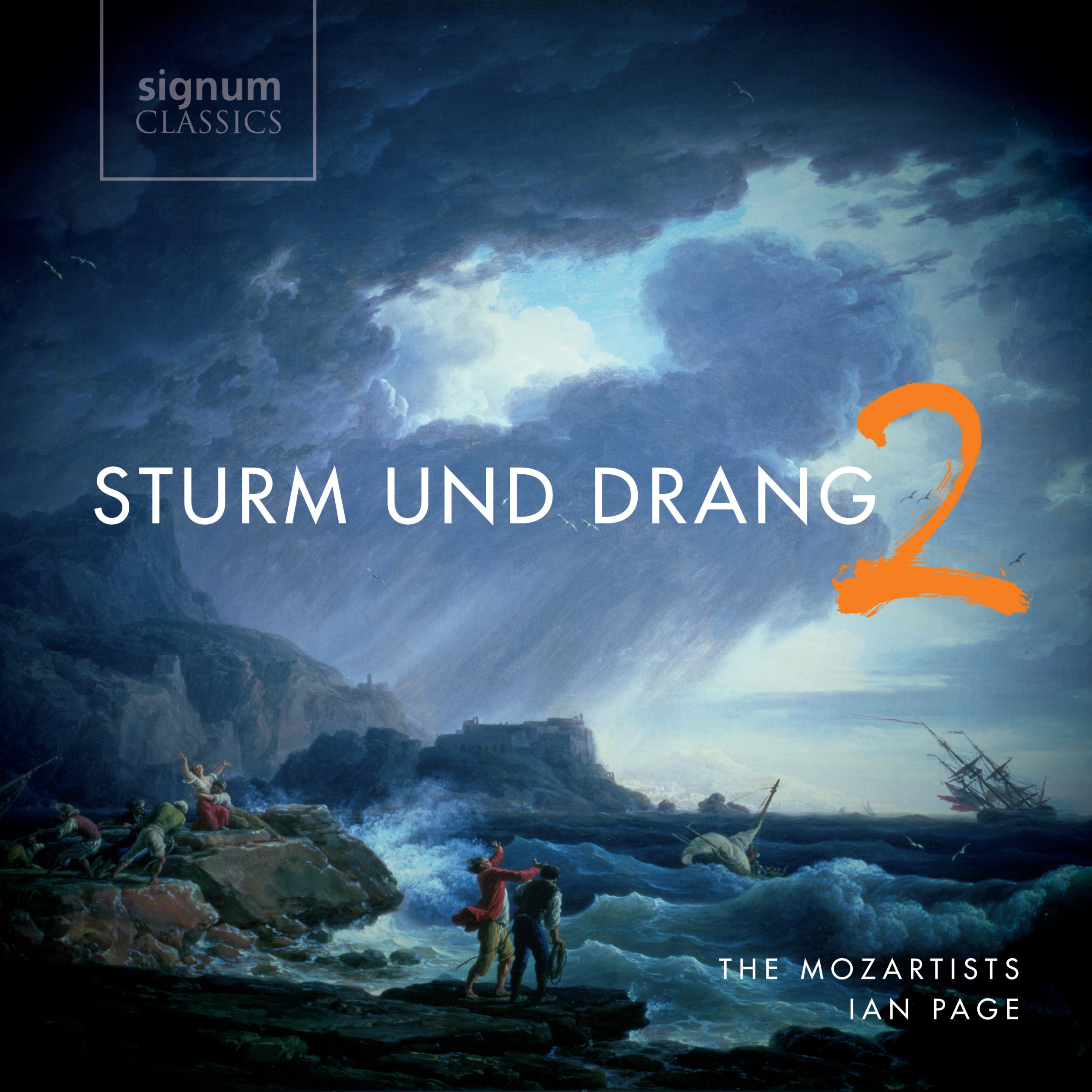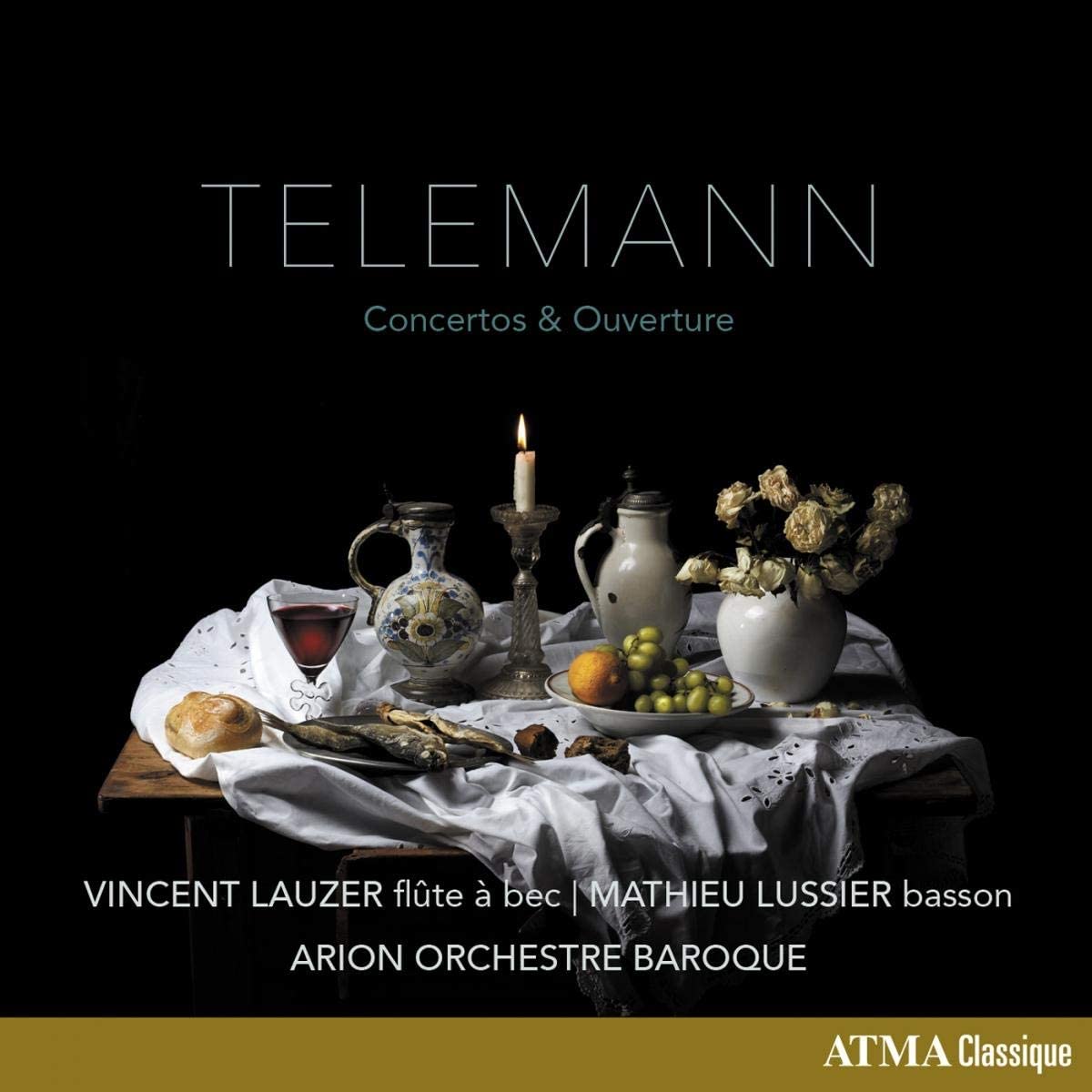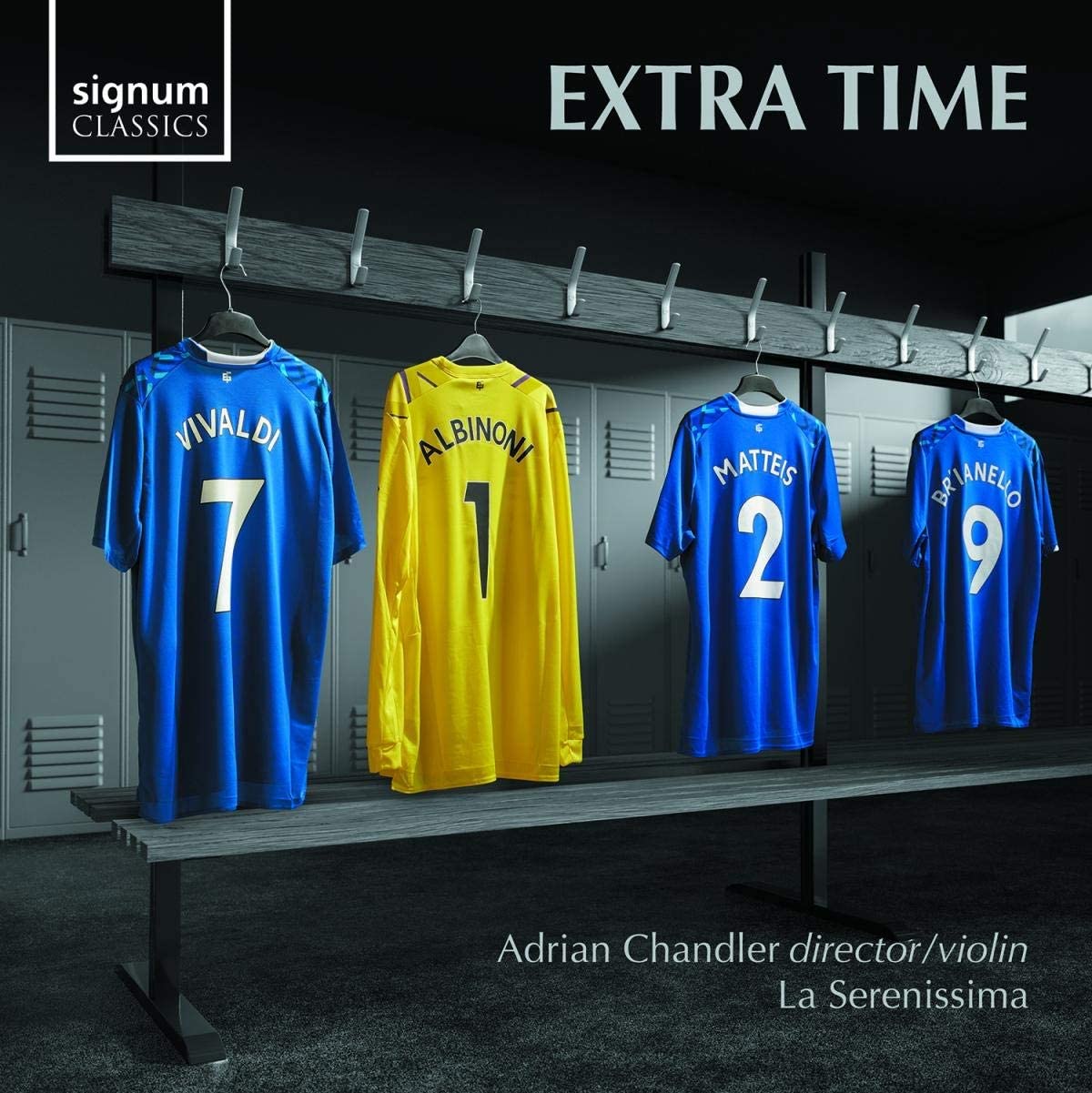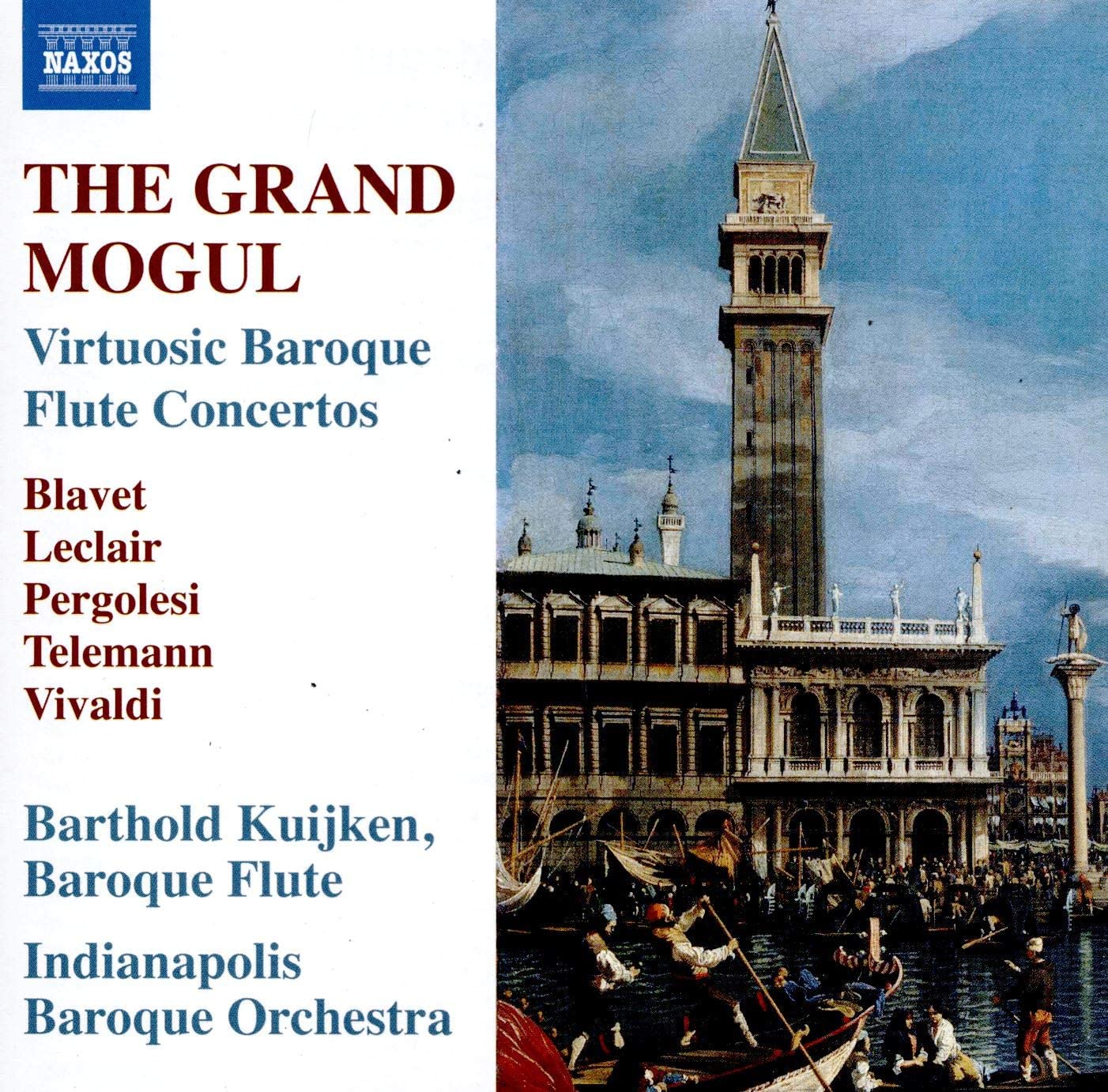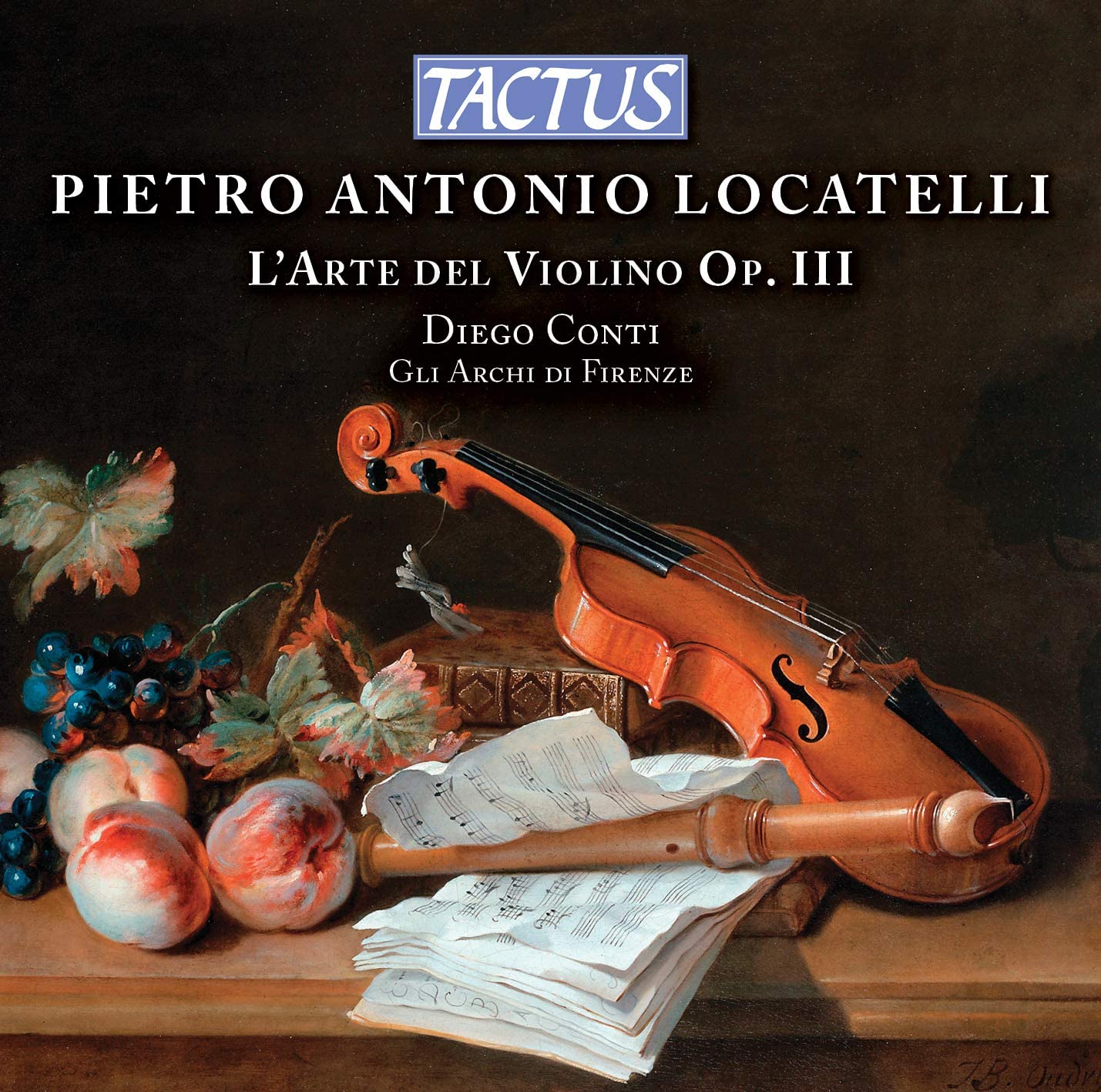L’Orfeo Barockorchester, Carin van Heerden
66:11
cpo 555 389-2
TWV 55: G1, G5 & B13
Click HERE to buy this on amazon.co.uk
Every once and a while, along comes a recording that fires on all cylinders with a special synergy and bubbling musical alchemy, matching the finest ideals of music-making, and presents the dazzling facets of a composer’s subtle, creative nuances and whims.
Here the players of L’Orfeo Barockorchester under Carin van Heerden deploy their boundless energy and polished musicality to great effect, creating some truly wonderful moments of euphonic transport. The well-honed Orchester navigate through Telemann’s many subtleties and scenic changes with seemingly effortless fluency.
The three fairly lengthy suites date from just before or during his time in Frankfurt, offering tremendous scope for the composer’s imaginative musical, operatic esprit. The Frankfurt connection may well be present in TWV55:G5’s “Les Augures” (oracles, portents? – note those shuddering winces! – possibly (bad?) financial omens at the Stockmarket, which stood next to Telemann’s home). The delightful Rondeau(x) is an addictive Ohrwurm! Normally, a Gigue might close a suite, not here, carrying on until a delightful sweep of no fewer than *three* Menuets. The ravishing kaleidoscopic tour moves on with some arresting slower movements too: Plaintes (B13, G5).
The recorded sound here is just about perfect, every timbral shade is found and heard. Despite the claims, the TWV55:B13 (c1725?) is the only real premiere – G5 came on a slightly earlier Atma CD, and there is a recording of G1 possibly from late 80s?
A highlight of the premiered work, the tender and sprightly interplay of solo violin (Julia Huber-Warzecha), two oboes and tutti, is rather special and gives a very different opening. Placing the gigue in second place is unusuale! Special mention must go to the penultimate movement, given as “affectuoso e molto adagio” or as the oboe part has it: “Cantabile et Affectuoso” a truly captivating duet!
The opening suite (G1 of 1716-25?) opens with an attention-grabbing, curtains-up Overture, after which comes the exquisite quasi-Handelian Air: Document, which made me think, did he hear this and use it elsewhere? (Where’ere ye walk seems a likely candidate…) The other airs all feel like hidden arias or scenic mood music for the Leipzig stage.
All in all, this is a real tour de force, with added Italianate passages for a perfect musical assemblage. L’Orfeo Barockorchester is in excellent form. This is a must for all baroquophiles! Moments of wonder, wistfulness and elegiac tenderness wrapped in entrancing music. Probably my CD of 2020, heart on the sleeve, hand on the heart.
David Bellinger

